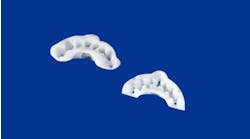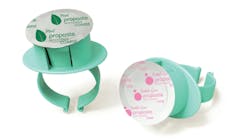Antibacterial Agents in Dental Hygiene Care
A Peer-Reviewed Publication Written by Dr. Howard M. Notgarnie, RDH, EdD
Publication date: July 2013 Expiration date: June 2016
Education Objectives
At the end of this self-instructional education activity the participant will be able to:
1. Explain antibiotic effectiveness as a function of selective toxicity
2. Associate antibacterial agents with their antimicrobial mechanisms
3. Describe how bacteria acquire and exercise antibiotic resistance
4. Describe mechanisms of targeted antimicrobial therapy
5. Choose antimicrobial agents appropriate to periodontal conditions
6. Identify conditions at risk of hematogenous infection
7. Choose agents appropriate for antibiotic prophylaxis
8. Discuss the research pertaining to antimicrobials as adjunctive and prophylactic care
Abstract
Dental hygiene care incorporates antimicrobial agents as adjunct services with nonsurgical periodontal therapy, and as a measure to reduce the risk of hematogenous infection subsequent to oral tissue manipulation. Knowledge of antimicrobial properties provides practitioners the ability to make sound decisions when diagnosing conditions treated by dental hygiene intervention and choosing antibiotics dentists prescribe for administration. Antimicrobial agents inhibit structural or metabolic functions of microorganisms, but also render adverse effects to patients. Bacterial mutation and acquisition of genetic material enables development of strains resistant to antibiotics. Understanding the interplay of host, microorganism, and antimicrobials fosters advances in therapeutic choices and delivery systems when treating periodontal disease, as well as when responding to the risk of hematogenous infection of endocardium or prosthetic joints.
To view this course in its entirety, please click here.
Past RDH Issues





